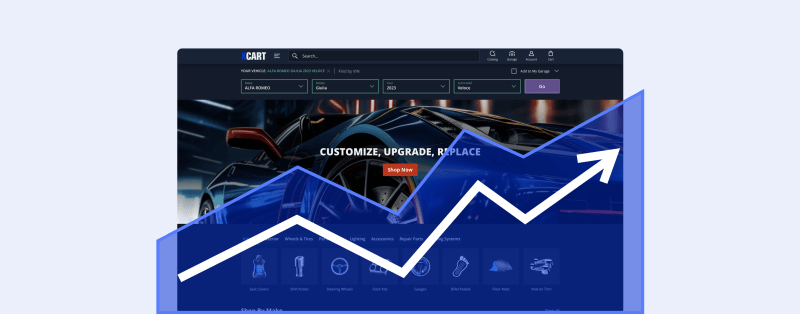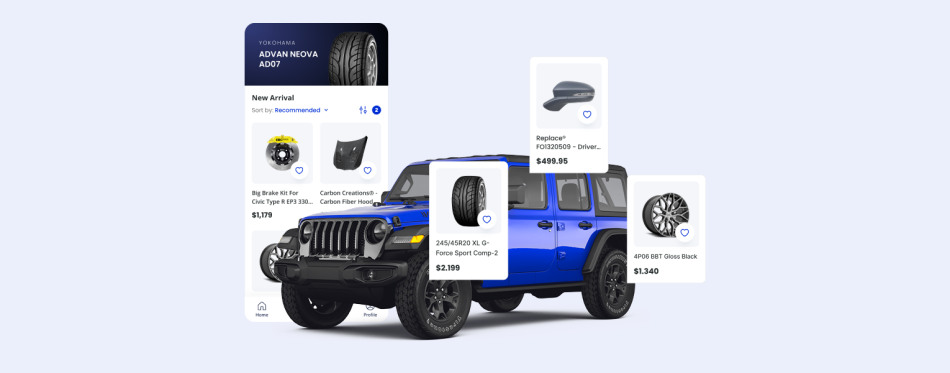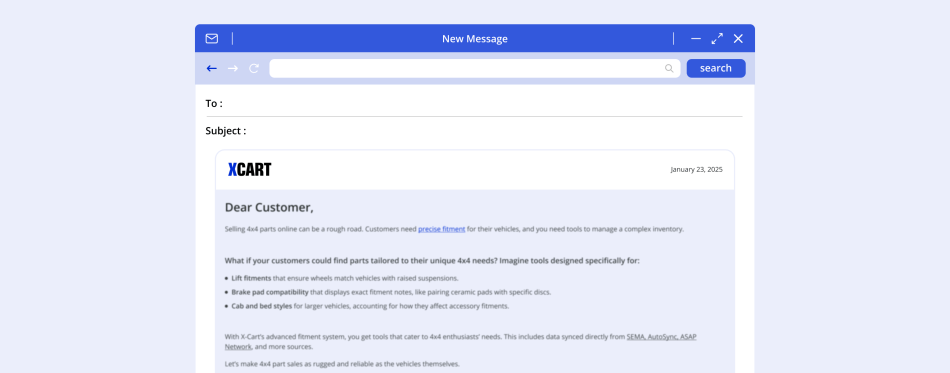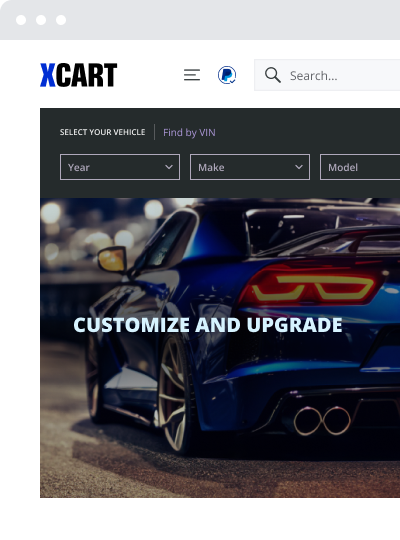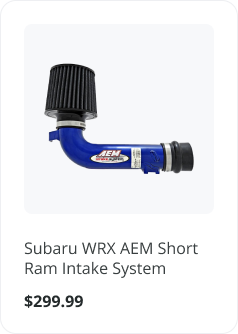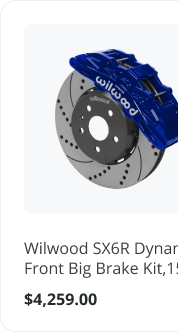8 Growth Strategies for Online Automotive Businesses: Convert More, Sell More
Today’s car owners shop online for replacement parts with convenience and speed. Google says over 51% of consumers prefer researching online before purchasing. For a modern auto store owner, this means a strong online presence is necessary to get their share of buyers in the automotive industry.
With the right features, an automotive e-commerce platform can make it easier. Many of them enhance conversions throughout the entire customer journey. From the moment a visitor lands on your site to the final checkout, such platforms offer:
- Customizable store designs for a great first impression.
- Marketplace integrations to raise market share.
- Automated stock updates to avoid abandoned carts.
As more than 70% of shoppers abandon their carts due to poor customer experience, their journey needs to be simple to drive conversions and build essential loyalty. If you’re looking for ways to increase your automotive store’s conversion rates, here are eight essential business growth strategies to keep in mind. Explore the full list to pick the best automotive eCommerce platform that offers everything in one place.
1. Automotive Mobile-First UX
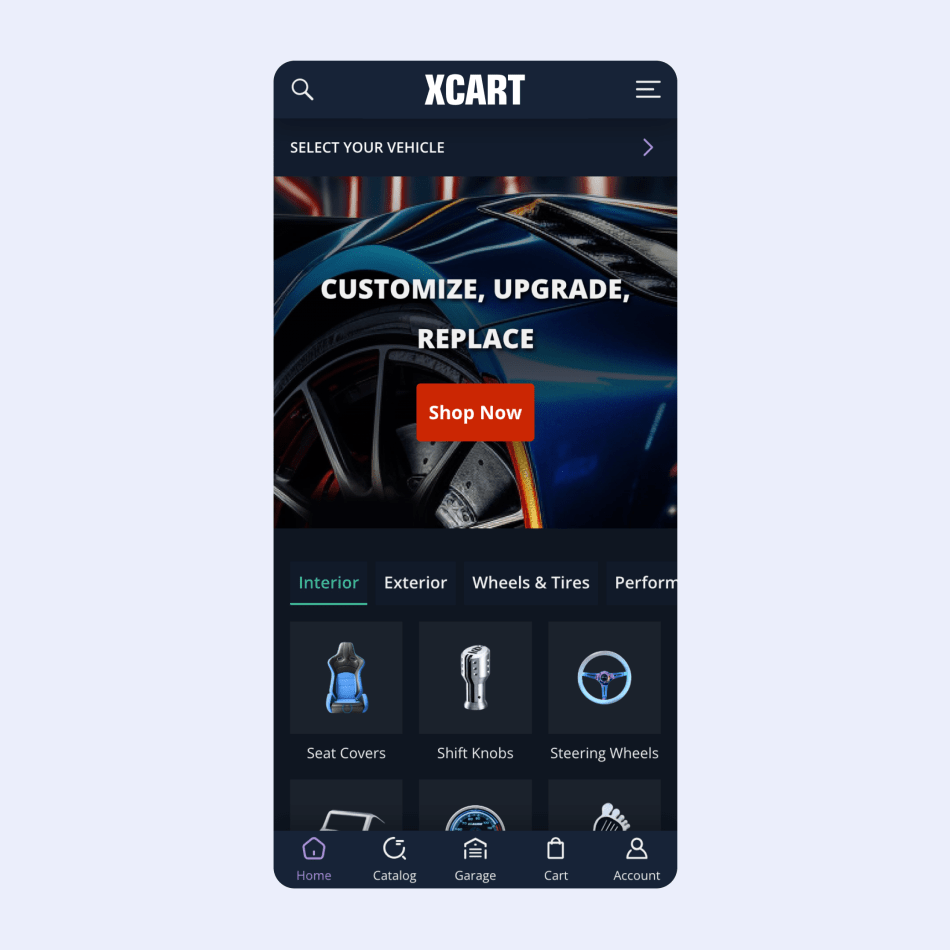
The millennial generation is the fastest to approach mobile shopping, with 57% buying auto parts from smartphones. That’s why automotive-specific, mobile-first templates are the first things to focus on when building an auto parts online store. They provide an excellent customer service for car owners on any device or browser and don’t require costly development.
If you’re a manufacturer aiming to sell directly to consumers, you can consider platforms that create a custom site design with a dedicated manufacturer’s back office. With them, you can take the full advantage of the D2C business model.
2. Integrations with Marketplaces
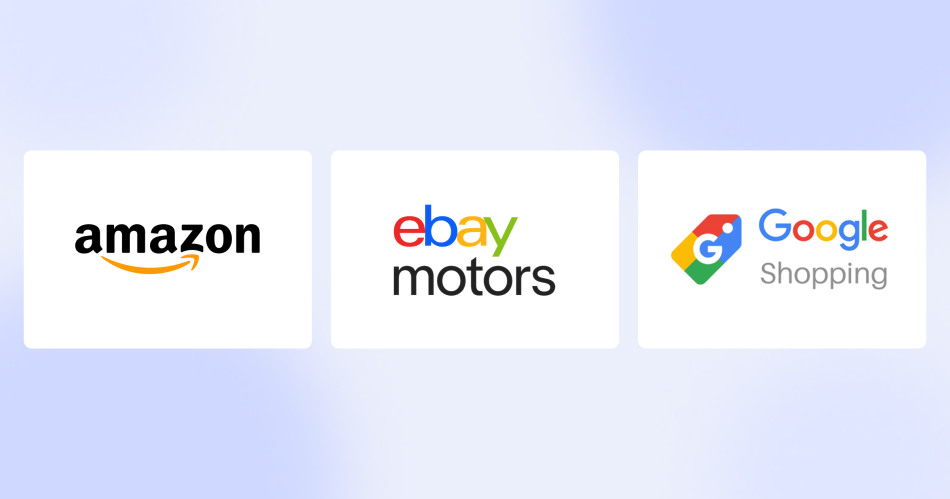
Your online automotive business needs to be where your customers are to maximize your reach and boost conversion rates with as many digital handshakes as possible. Today’s online buyers need anywhere from one to 50 interactions with your company before buying, so it’s always a good idea to be present wherever they might go.
However, managing diverse sales channels manually is nearly impossible. Your eCommerce platform should directly integrate with major marketplaces like Amazon (which owns more than 12% of parts sales per quarter), eBay Motors, and Google Shopping. This will allow you to expand your sales to these popular platforms and still keep everything organized in one place.
An ideal automotive eCommerce platform will be a single hub for managing all customer orders from various platforms for sustainable growth. It will also support SEO-friendly product listings to make your original equipment or best aftermarket car parts appear in Google search results.
3. Automated Stock Updates
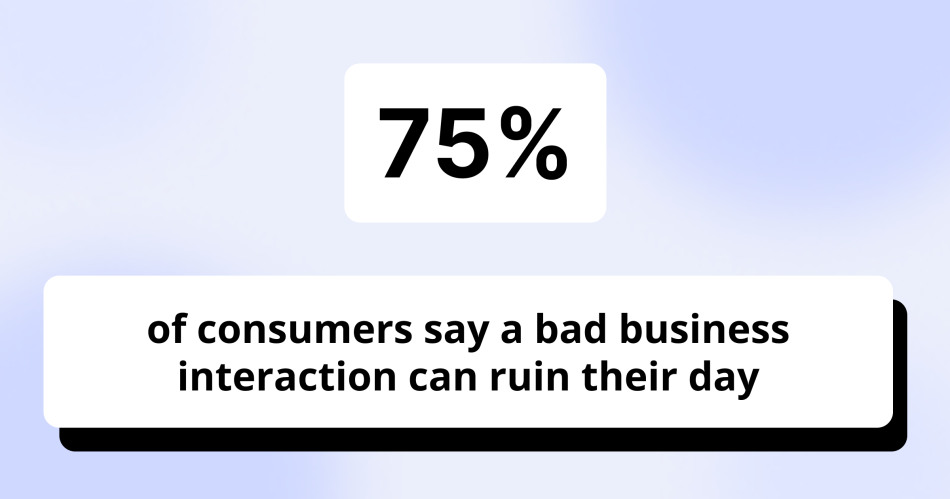
An online auto parts store sells well when it always shows actual pricing and availability. Just one bad interaction is enough to drive 50% of customers away to your rivals. Luckily, in a reality where a single online parts store can sell thousands of SKUs, integration with trusted suppliers like WheelPros, Turn 14 Distribution, or Meyer Distributing is a relief. With this feature, when a supplier updates its stock, your store will automatically reflect the changes so users always have accurate pricing and availability details.
Another aspect of large inventory is that every automotive supplier has unique pricing structures and product categories. The eCommerce platform should let you customize import and pricing strategies for each distributor to implement smart business growth strategies.
4. Accurate & Fast Product Data Automation
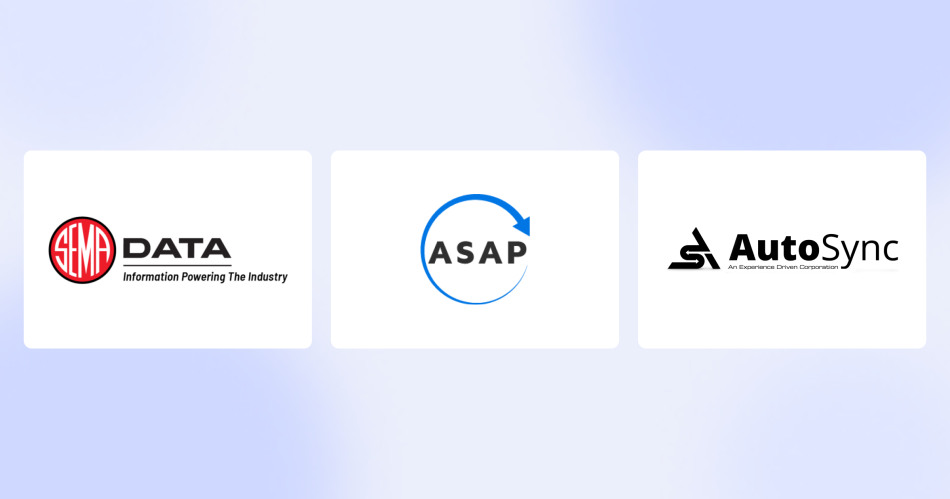
Product data accuracy is as important as pricing and availability. An eCommerce platform should automatically pull the most up-to-date product data for popular brands from trusted sources like SEMA Data, ASAP Network, and AutoSync. Thus, you won’t need to manually enter product specifications, fitment, and images, and your listings will always be accurate.
Product data automation is valuable for business growth for one more reason. In the automotive industry, online stores must adhere to strict standards. Product data automation makes all product listings comply with ACES and PIES standards with no effort from your side. Your data will always be industry-approved, so users can leave their doubts behind and proceed to checkout.
5. Complete Automotive Fitment
There’s one conversion rate that you definitely don’t want to keep high. It’s the conversion rate from a purchase to a return. One of the most efficient ways to reduce returns is by giving your users advanced search tools that let them search by year/make/model, VIN, bolt patterns, engine type, cab size, and more vehicle details. Such a precise fitment is able to reduce return by as much as 30%. It’s a smart goal to pursue since 86% of online buyers return what they’ve purchased.
Visualizing auto parts before purchase is one more way to give users confidence about what parts they’re about to buy. For example, X-Cart’s 360-degree visualization lets car owners virtually try parts like wheels and tires on their vehicles. Such tools even allow for lift adjustments to make returns a rare occasion for your online store.
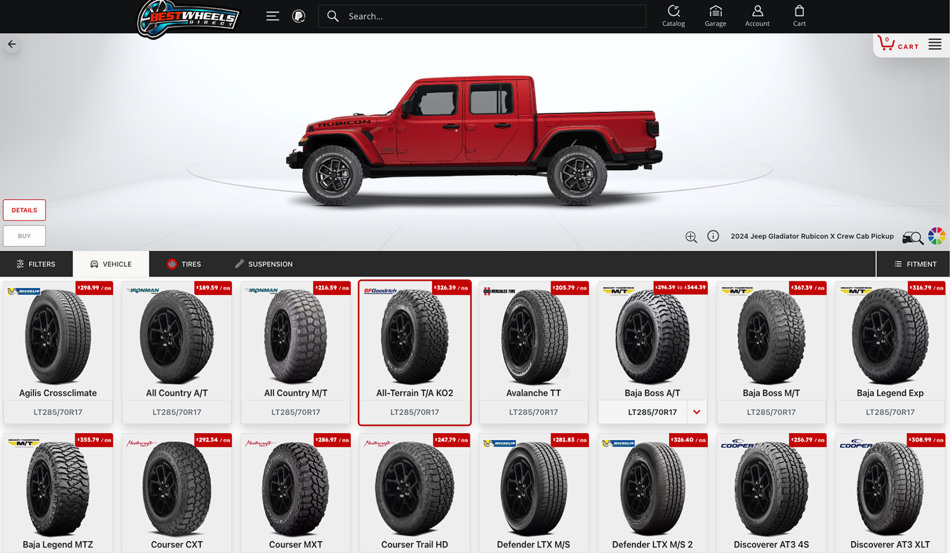
You can also show your customers extra care by autocorrecting mistyped vehicle information, which unnecessarily leads to frustration and incorrect orders. Smart search and auto-suggestion tools correct typos so that every search results in the right part in a few seconds.
6. Dealer Lookup & Management for Manufacturers
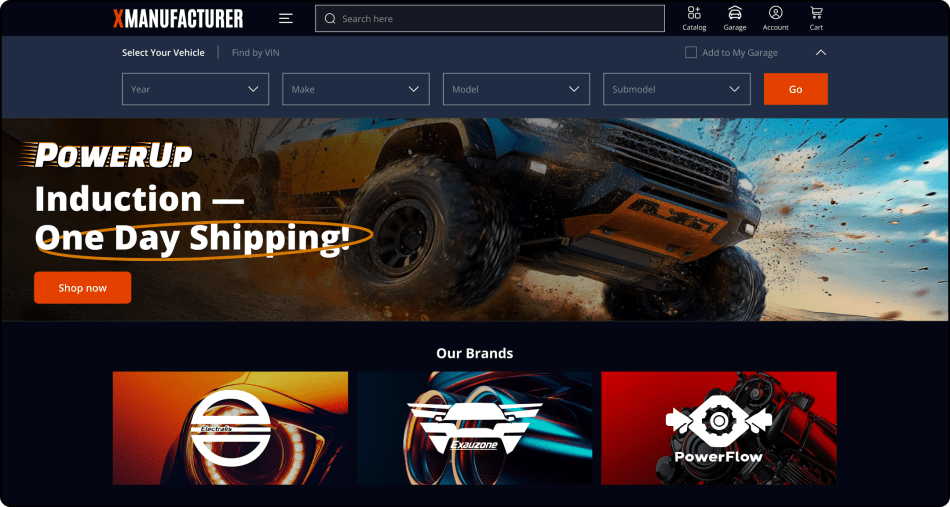
Managing online direct-to-consumer sales and finding new dealers should be a clear growth strategy for manufacturers. Only a few automotive eCommerce platforms let you easily find and manage your dealers directly from the system. This includes expanding your network or monitoring dealer activity in a single window.
Simplifying dealer management is a big contributor to a large partner and customer base. Effortless imports and exports of dealer information make it easy to keep dealer data up-to-date, save time, and keep communications and transactions transparent.
7. Car Owner Retention & Engagement Features
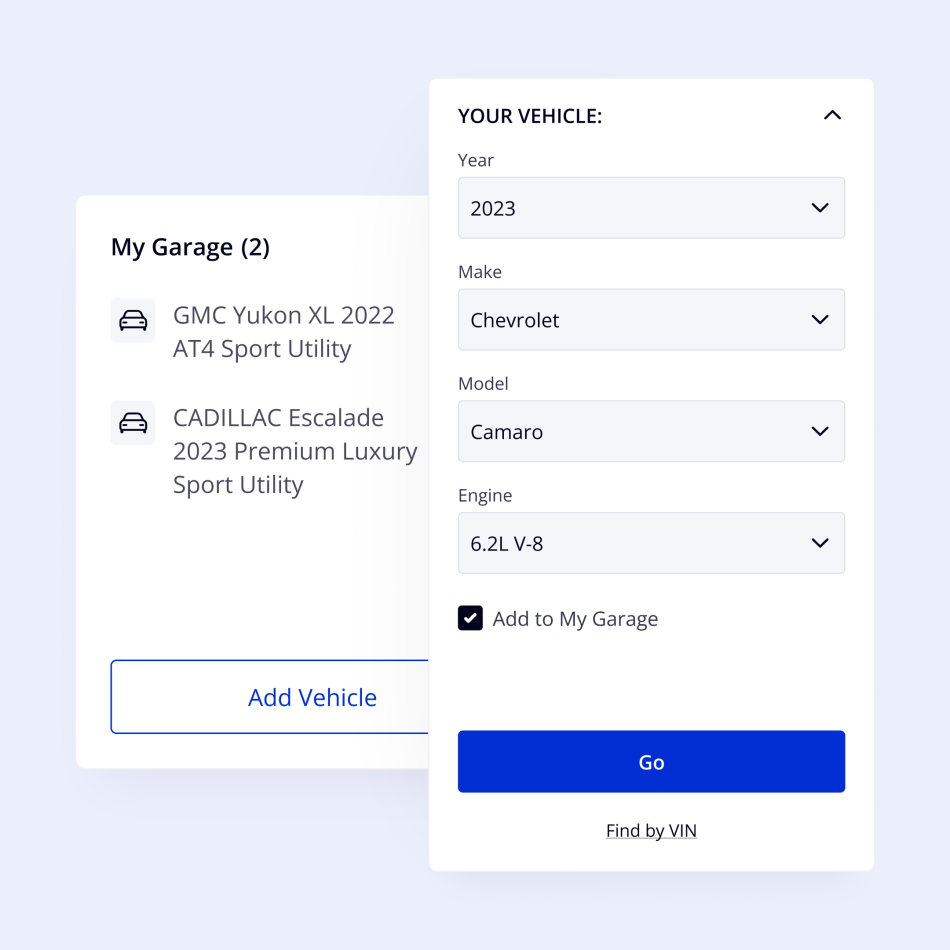
One conversion is good, but the repeat business makes the major profit share for many companies. Such retention features as X-Cart’s “My Garage” allow car owners to save their vehicle information and receive personalized fitment recommendations of original and aftermarket parts. With these features, you can make customers associate your site with a quick and convenient purchase whenever they need their car parts and accessories.
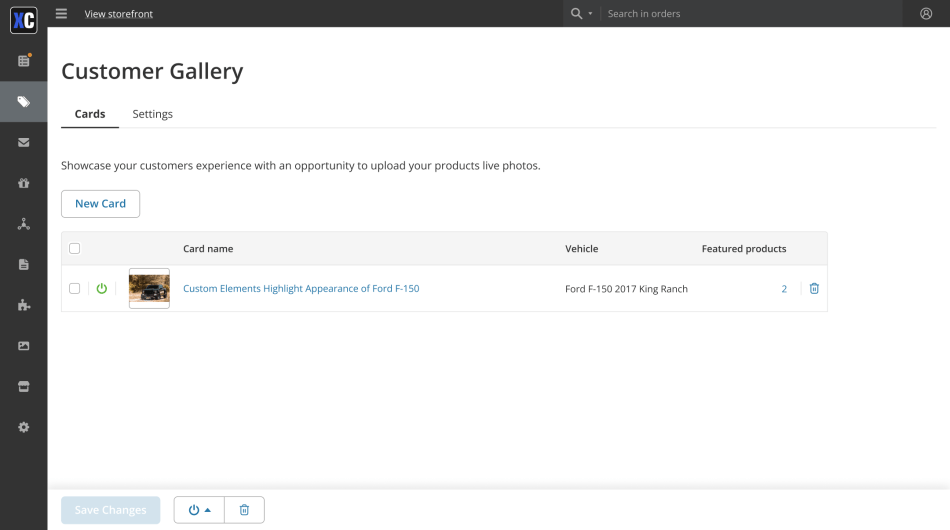
Another feature is Customer Gallery. With it, users can post photos of their vehicles and the auto parts they have purchased. This way, other customers can explore the galleries, find inspiration, and get a sense of community. As Zendesk’s research shows, such user-generated content can increase the likelihood of a purchase by more than 100%.
8. Payment & Shipping Solutions
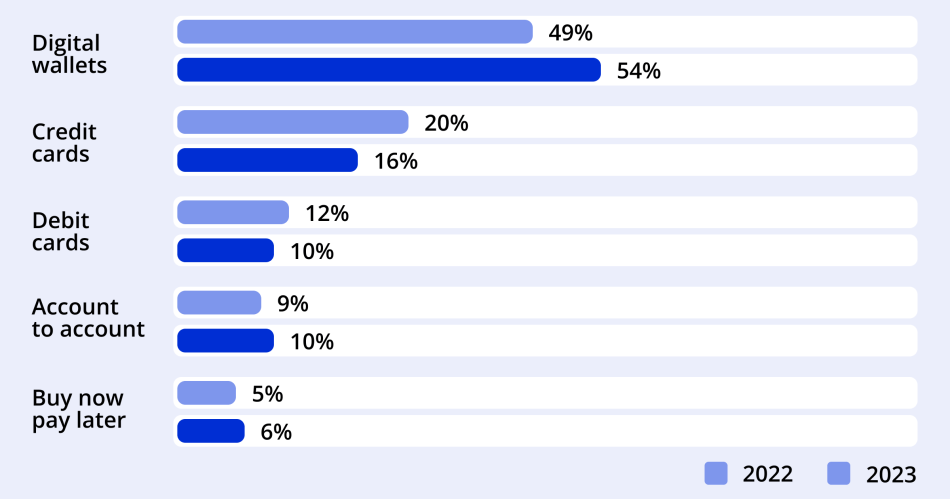
We’ve reached the point where people expect deals in a few seconds because searching for the right parts already takes a lot of energy. The right payment option can improve conversion rates by 30%, so offering as many payment options as possible, including express payments, is worth it. Your automotive eCommerce platform should integrate with various global payment gateways so that your customers can complete their purchases no matter where they are in the world.
Finally, shipping can be a real headache, but efficient solutions can simplify it with automated shipping calculations. Such calculators let users get real-time shipping quotes from major carriers like FedEx, USPS, and DHL, so they know exactly what to expect regarding delivery times and costs. With the optimal shipping costs known in advance, buying auto parts online at your site won’t become yet another bad interaction.
Conclusion
X-Cart has features for every aspect of your online automotive business in the United States. Take advantage of customizable and scalable eCommerce solutions, accurate product data automation, fitment tools, and real-time shipping options. Our platform gets you seven automotive templates, requires no costly development, and improves conversion rates at every customer journey stage!
Don’t wait—use 8 automotive business growth strategies to sell more!
About the author

